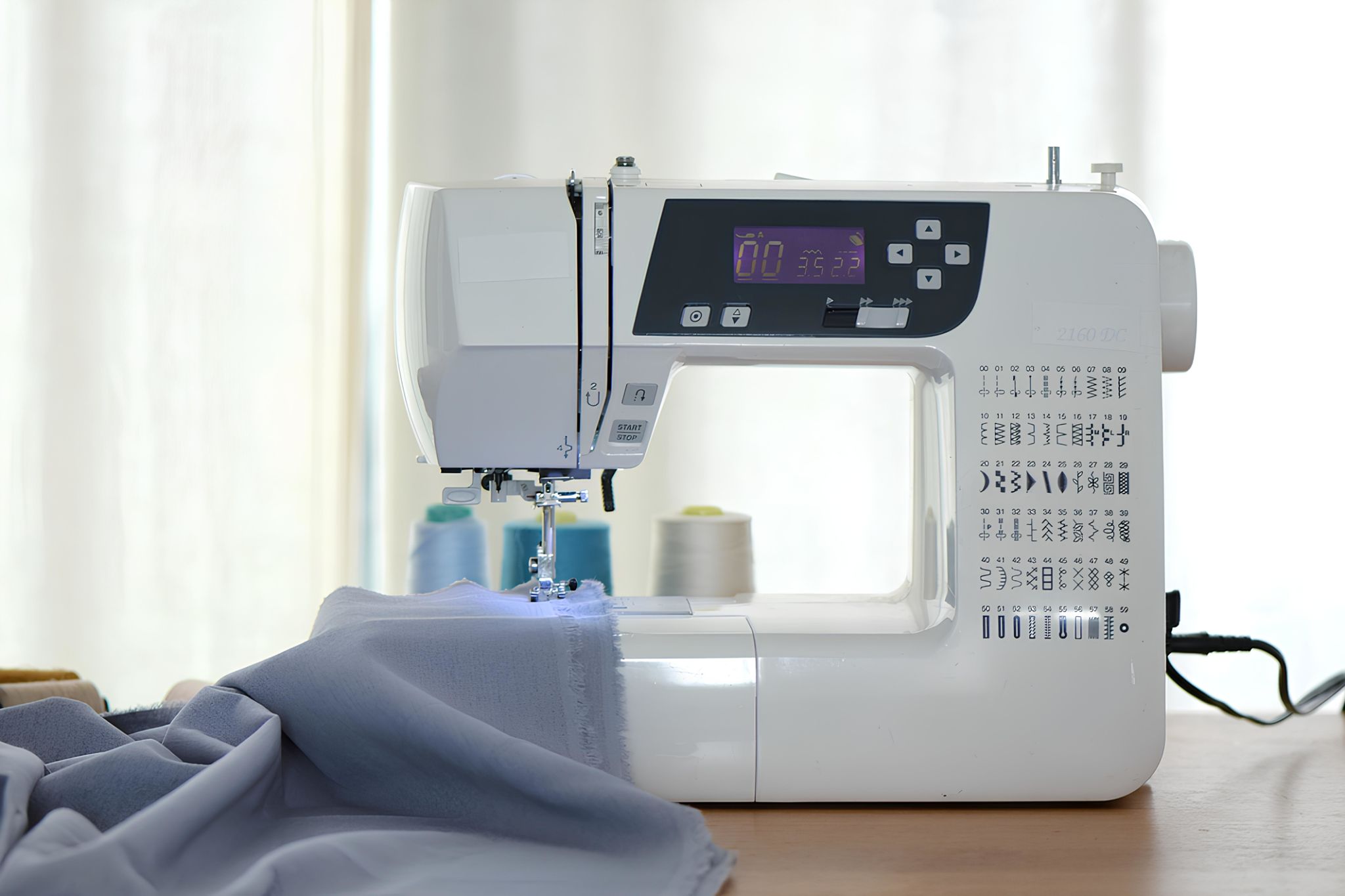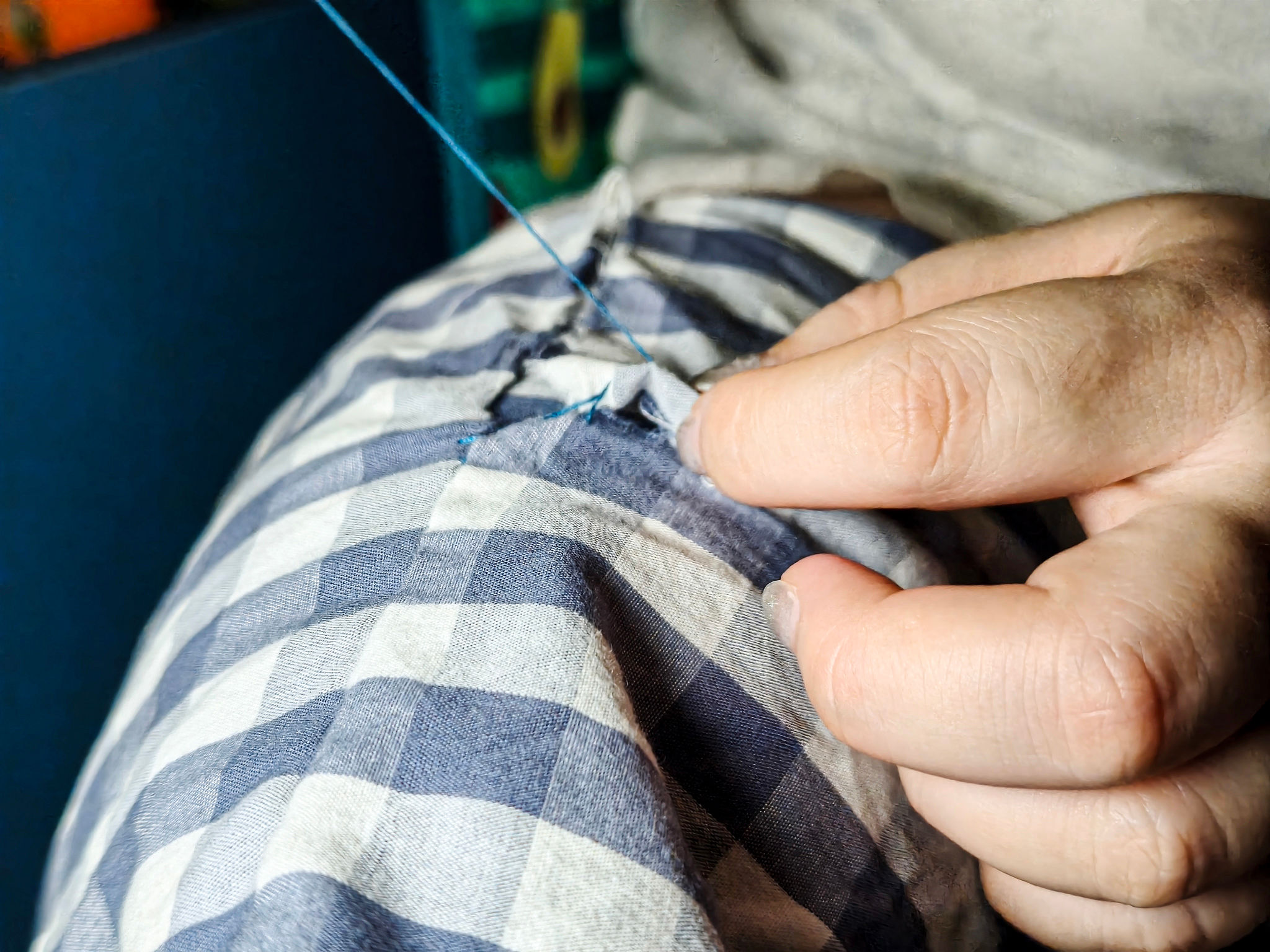DIY Sewing Machine Troubleshooting: Tips from the Experts
Understanding Common Sewing Machine Issues
For many DIY enthusiasts, a sewing machine is an essential tool. However, like any machine, it can occasionally run into problems. Before you start panicking and thinking about costly repairs, consider tackling some common issues yourself. With a little patience and guidance from the experts, you can troubleshoot many sewing machine problems right at home.
One of the most frequent issues is when the machine won't sew. This could be due to a variety of reasons, such as incorrect threading, improper tension settings, or even a dull needle. It's crucial to double-check that the machine is threaded correctly and ensure that the needle is both sharp and appropriate for the fabric type you're working with.

Dealing with Tension Problems
Tension issues can often result in uneven stitches or fabric bunching. To solve this, start by checking the thread path for any tangles or misalignments. Next, adjust the tension settings on your machine incrementally. It's usually a matter of trial and error. Experts suggest starting with a medium tension setting and making minor adjustments until the stitch quality improves.
Additionally, ensure that you are using the correct thread for your project. Using high-quality thread can significantly reduce tension-related problems. If you're unsure, consult your sewing machine's manual for guidance on recommended thread types and tension settings.
Addressing Needle and Stitch Issues
If you're experiencing skipped stitches or broken needles, it's likely due to an incorrect needle type or size. Always match your needle to the fabric. Heavy fabrics require a thicker needle, while lighter fabrics need a finer one. Also, regularly changing your needle can prevent many of these problems.

Another common issue is jamming, which can halt your project altogether. In most cases, jams occur when threads are tangled in the bobbin area. To fix this, carefully remove the bobbin case and clear any thread buildup. Regular cleaning and maintenance of this area can prevent these jams from happening in the future.
Maintaining Your Sewing Machine
Regular maintenance is key to preventing many sewing machine issues. Experts recommend cleaning your machine after every major project. This includes removing lint and dust from both the bobbin area and the feed dogs using a small brush or vacuum attachment designed for electronics.

Additionally, oiling your machine as per the manufacturer's instructions can keep it running smoothly. Be cautious not to over-oil, as this can lead to other problems. If you're uncertain about how to maintain your model properly, refer to the user manual or contact the manufacturer for advice.
When to Seek Professional Help
While many sewing machine issues can be resolved with DIY troubleshooting, some problems may require professional intervention. If you've tried several solutions without success or if you encounter electrical issues, it's best to consult a professional technician.
Regular servicing by a professional can also extend the life of your sewing machine, ensuring it remains in top condition for years to come. Remember, prevention is always better than cure, so regular check-ups are worthwhile investments.